LIFESTYLE
From a Huge Wedding to a Kind Widow: How These 6 Places in M'sia Got Their Funny Names
While some places may have gotten their names from something ordinary—like a nearby river or the founder of the settlement—there are villages and places in Malaysia with names that are strange, quirky, and almost comical.
Let’s take a look at some of the most unusual village names in Malaysia and explore the stories behind how they came to be.
1. Kampung Janda Baik, Pahang
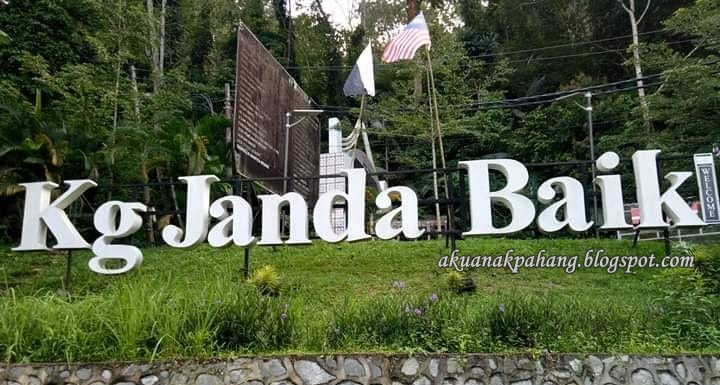
Located in the district of Bentong, there are several versions of how this village got its name.
One story traces back to the civil war in Selangor, where many women in the village became widows after losing their husbands in the conflict. These widows were said to be kind and beautiful, often helping others in need, hence the name Janda Baik, which translates to “kind widow.”
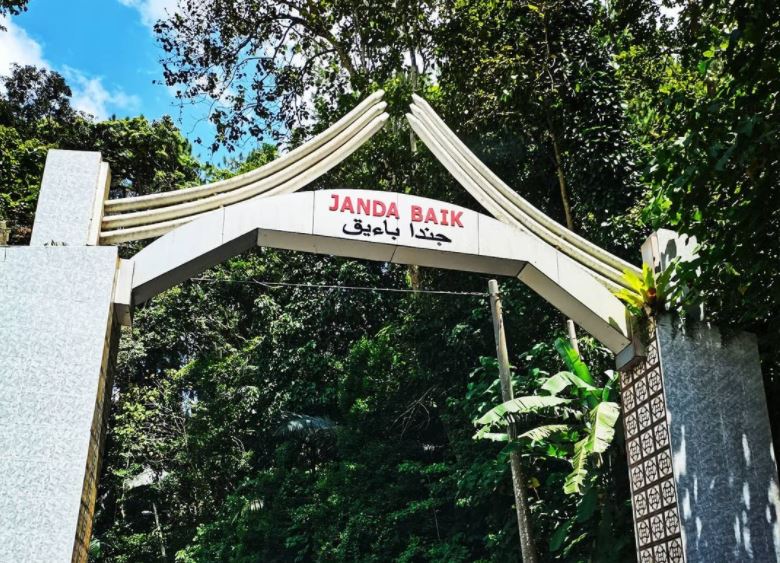
Another version tells of a marital dispute that led to a separation. Less than a month later, the wife returned to her husband’s home and was warmly welcomed. The indigenous people began referring to the village as Janda Balik (“widow returns”), and the name was later changed to Janda Baik by His Majesty Sultan Abu Bakar, who found the story fascinating.
2. Kampung Imam Lapar, Terengganu
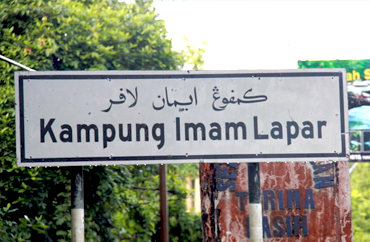
Directly translated as “The Village of the Hungry Imam,” this village’s name comes from a tale involving two merchants traveling by boat from Kuala Sungai Telemong.
While journeying to sell goods, they became hungry and stopped at a local mosque. There, they met an imam deeply engrossed in memorising Quranic verses. Despite their attempts to ask for food, the imam didn’t respond as he was too focused on his recitation.
The merchants later shared the story, saying they were lapar (hungry), while the imam was laper (an old dialect meaning “to memorise”). Due to the similarity in pronunciation, the village was named Imam Lapar instead of Imam Leper.
3. Kampung Baru Jumpa, Sabah
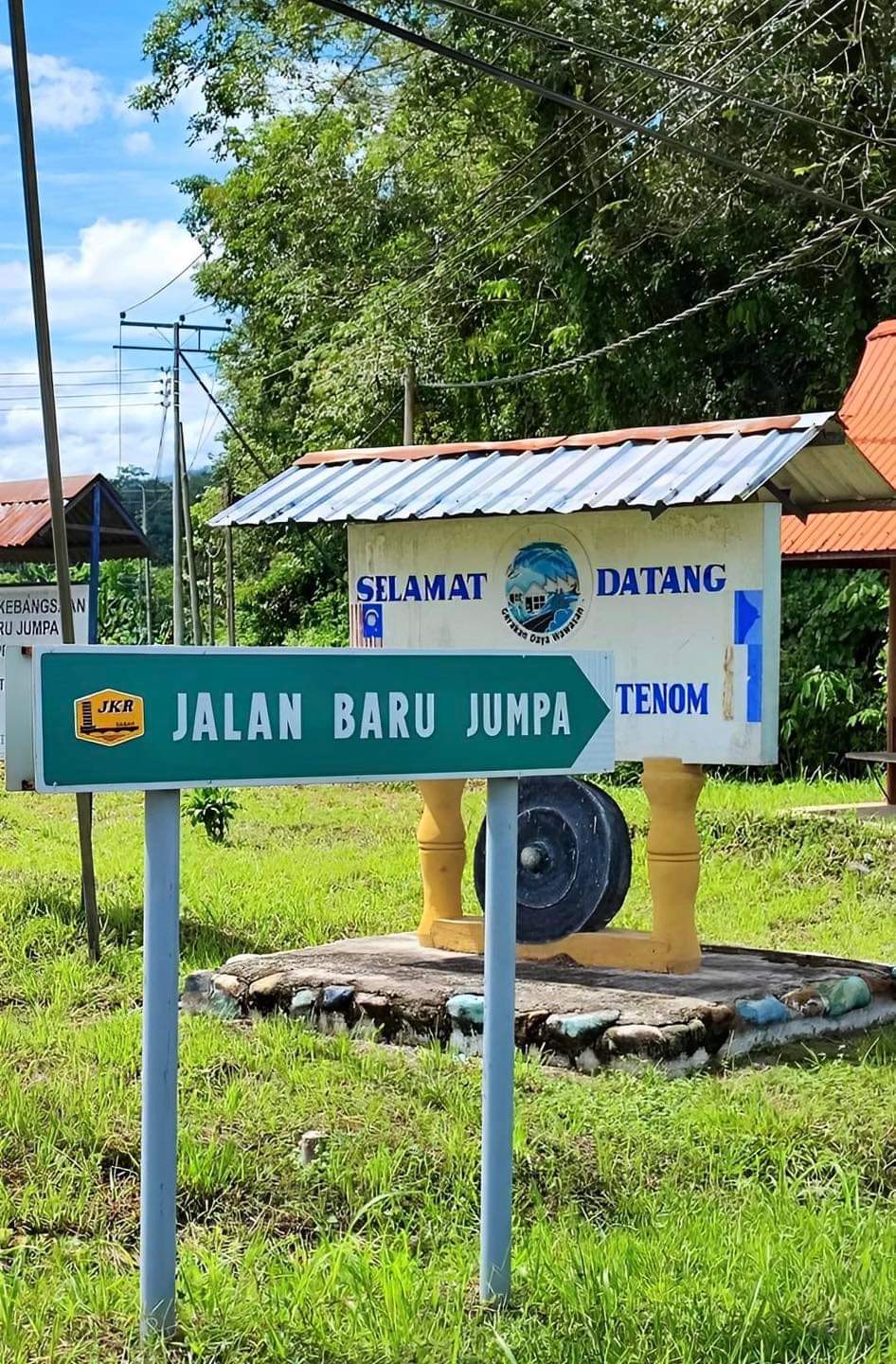
Although the name translates to “newly discovered village,” Kampung Baru Jumpa has existed for over 50 years.
Originally called Kampung Pa’Meluyan, named after a nearby river where the Lundayeh people settled in 1959, the village was later renamed Kampung Baru Jumpa to commemorate the moment the community first discovered and established the area.
4. Kampung Seronok, Penang
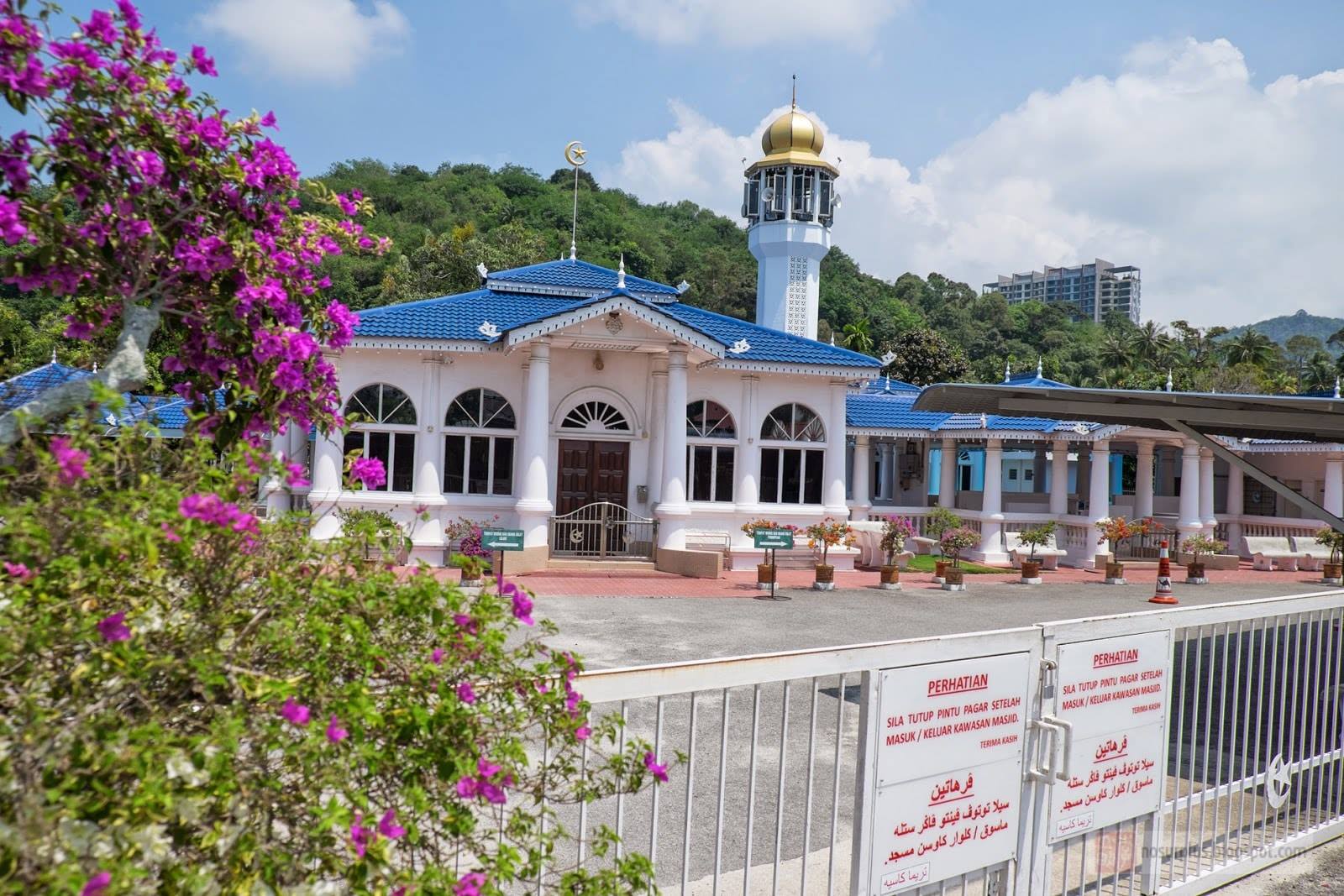
This village in Penang reportedly got its name from an English engineer, DW Grehan, who was fascinated by the villagers’ way of life.
He frequently visited and attended social events, eventually suggesting the name Kampung Seronok (“Fun Village”). The villagers loved the idea and happily adopted the name.
5. Kampung Desa Temu Jodoh, Johor
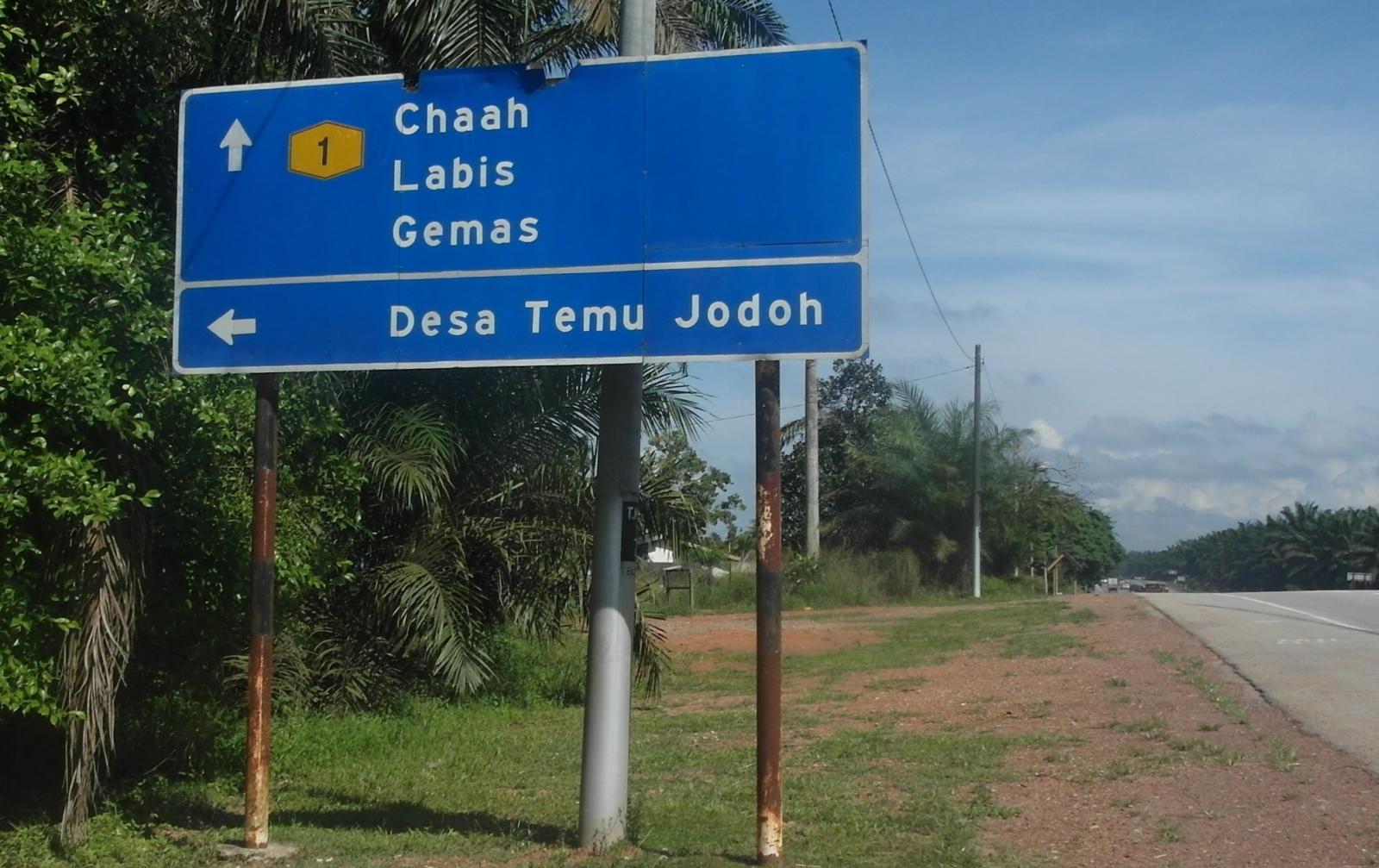
Located in Segamat, Johor, this village’s name was inspired by a massive wedding involving 24 couples.
According to early resident Paiman Anuar who was one of the newlyweds, the wedding took place in February 1977 at Masjid Jamek. That night, the couples were celebrated by locals and even the Johor Royal Family, including His Majesty the Crown Prince Tengku Abdul Rahman Ibni Tuanku Ismail.

It was the first mass wedding of its kind in Johor, and possibly in Malaysia, giving rise to the name Desa Temu Jodoh (“Village of Soulmates”).
6. Kampung Atas Tol, Terengganu
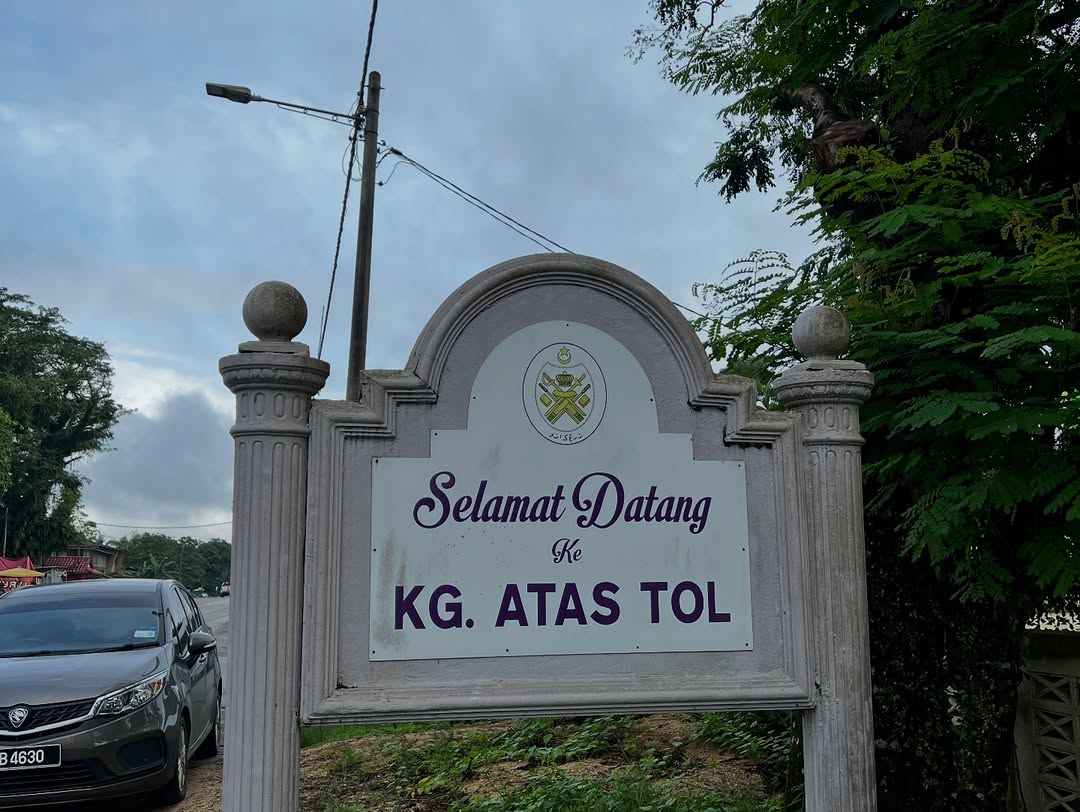
According to local folklore, villagers once lived on a vast, dry, sandy land that was unsuitable for farming and lacked water sources.
The area was casually referred to as atas tu or di atas itu—both meaning “up there.” In 1924, the name Atas Tol was officially adopted after British Advisor Humphreys introduced the state system.
Featured Image Credit: illuminasi, Okezone Travel
Featured Image Credit: illuminasi, Okezone Travel